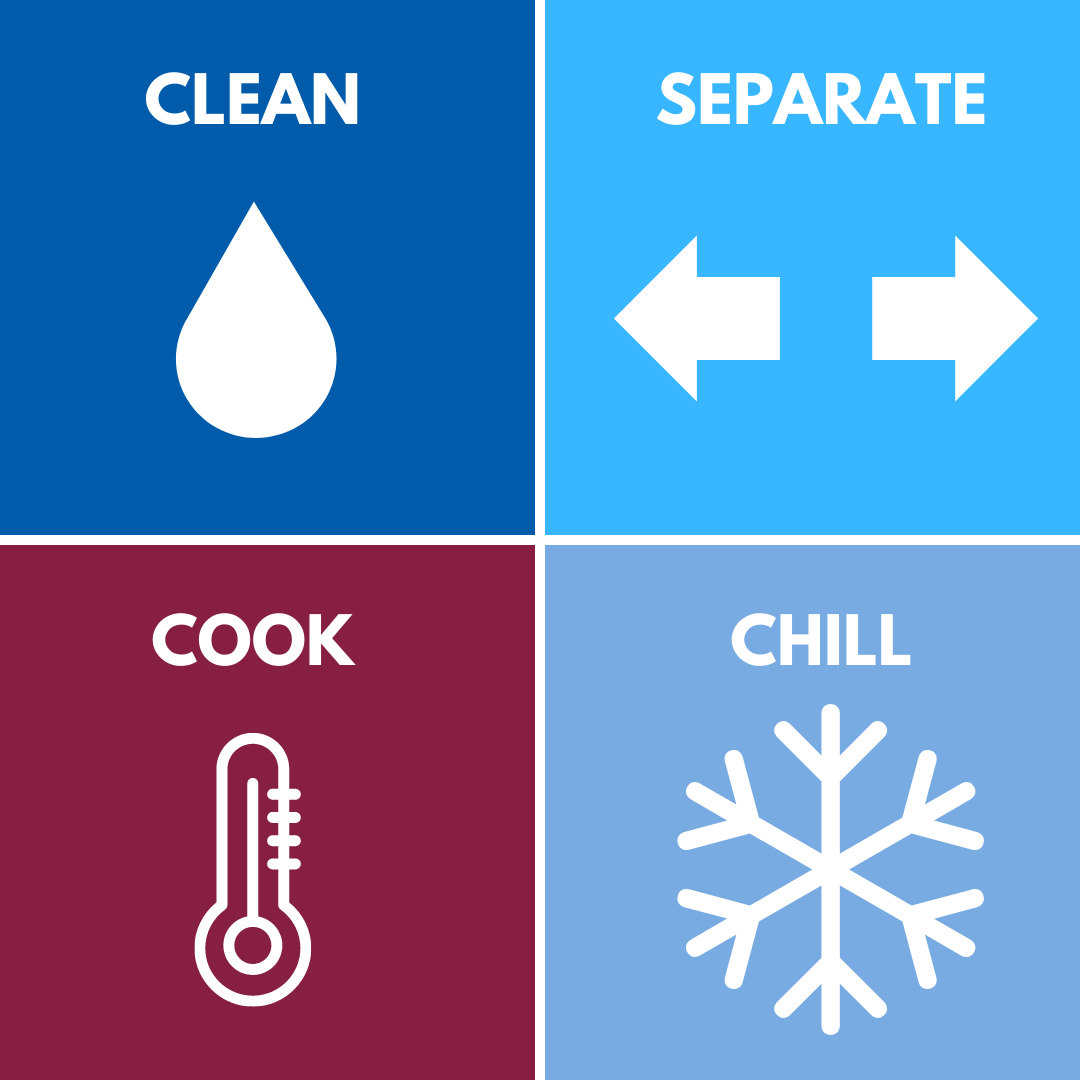How to Get the Most Out of Your Leftovers
Don't Let Leftovers Linger Too Long
It’s after Thanksgiving, and we all know what that means – leftovers. Why is it that leftovers always taste even better the day after?
But how long can you safely munch on those home-cooked morsels? According to FoodSafety.org’s cold food storage chart, most foods can last three to four days if properly refrigerated, and freezing leftovers can extend their use for up to three to four months.
If food has mold on it or signs of spoilage, then we know to toss it in the trash. But if it smells okay and looks okay, it must be safe. Right?
“Foods may look and smell perfectly fine, but just because it looks fresh doesn’t necessarily mean it’s safe to eat,” says Rose F. Allen, Family and Nutrition program assistant at the Virginia Cooperative Extension at Virginia State University. “Harmful bacteria, such as salmonella, E.coli, and listeria, aren’t visible, which makes it risky to eat food that may have expired.”
Preventing food spoilage and protecting you and your family from foodborne illnesses take four simple steps, says Allen, who coordinates food safety programs in the community. “We encourage our program participants to follow the Clean, Separate, Cook and Chill method recommended by the Centers for Disease Control and Prevention, and we even provide them with both meat and refrigerator thermometers so they can keep foods at the right temperatures.”
1. Clean: Wash hands and surfaces often with hot soapy water while preparing food
2. Separate: Separate raw meats and eggs from other foods
3. Cook: Cook foods to the right temperature by using a food thermometer
4. Chill: Chill raw and prepared foods promptly and keep your refrigerator at 40°F or below
Make sure foods are cooked at the proper temperatures. Within two hours of cooking food or after removing it from a warmer, you should refrigerate the foods at 40 °F or below. Foods left at room temperature for longer than two hours can develop harmful bacteria. If the temperature is above 90 degrees, for example at a cookout, then food should be refrigerated within one hour.
While refrigeration can slow the growth of bacteria, it doesn’t prevent it, Allen says. Bacteria grows more rapidly between 40 and 140 °F, which is known as the “Danger Zone.” In the zone, the taste, smell or appearance may not be affected, but that doesn’t mean bacteria isn’t present.
Here’s a chart from FoodSafety.gov that will help you determine just how long to safely eat or freeze leftovers and other opened foods in your refrigerator.
“It’s important to keep foods in sealed containers or airtight packaging to keep bacteria out, retain moisture and prevent leftovers from picking up odors from other foods,” Allen adds.
According to FoodSafety.org, an estimated 1 in 6 Americans were expected to get food poisoning this year, but with proper food safety practices, you can avoid being a statistic.
https://www.foodsafety.gov/keep-food-safe/4-steps-to-food-safety


